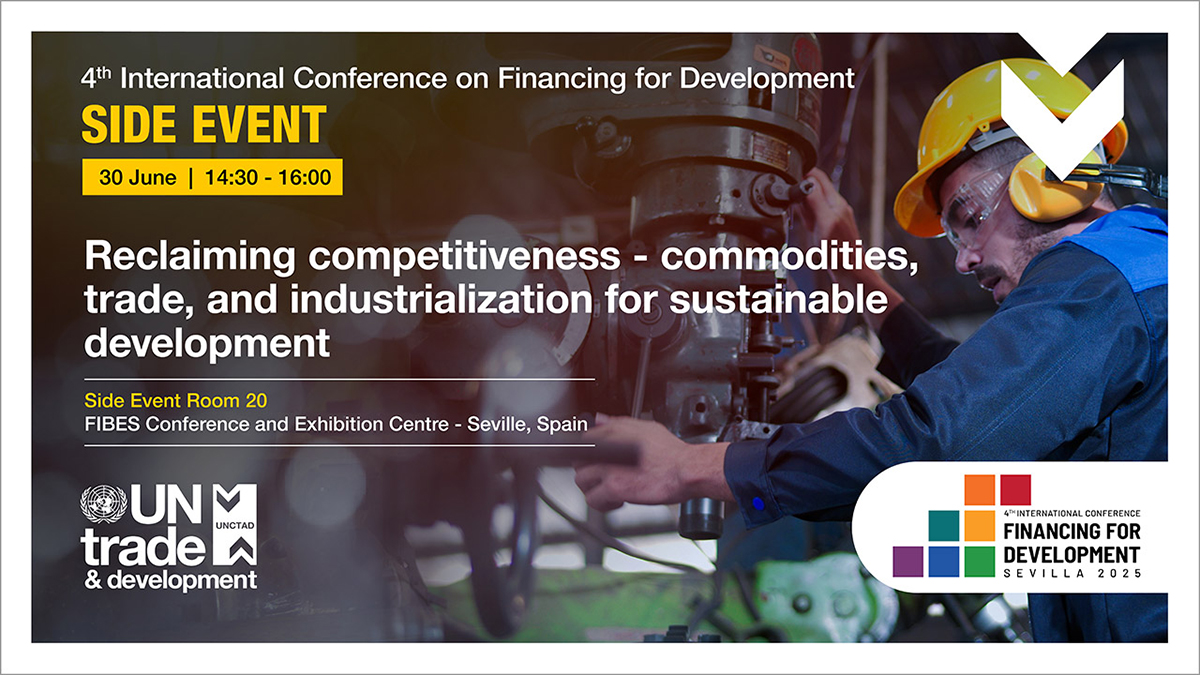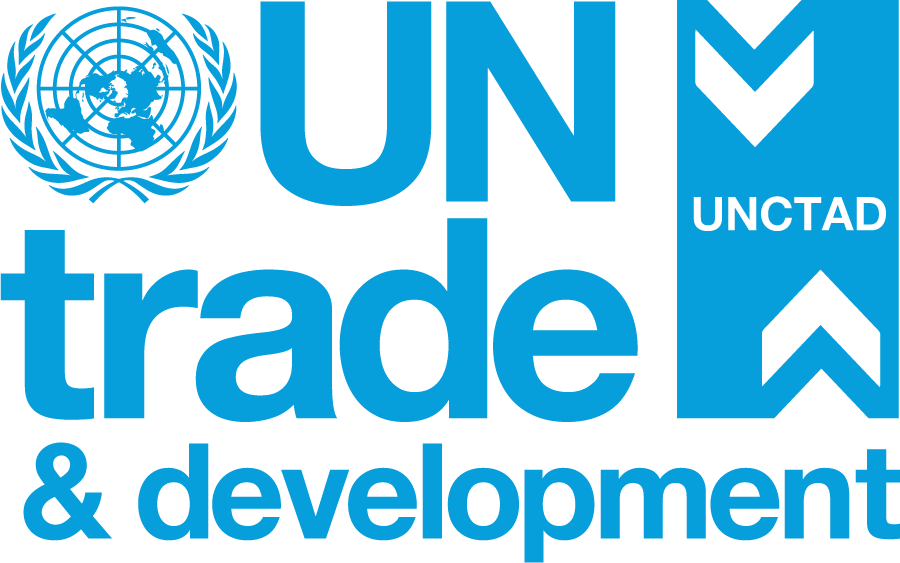
Latin America and the Caribbean (LAC) along with other developing regions in Africa, Asia and the Pacific are endowed with abundant strategic natural resources — from lithium and copper to biodiversity and agricultural commodities. Yet, despite these advantages, many developing countries have struggled to convert their resource wealth into sustained, inclusive, and innovation-driven development. Amid a global landscape shaped by climate urgency, digital transformation, and shifting geopolitical dynamics— there is a renewed imperative to rethink the development model in the LAC region and across the developing world. In the context of the Financing for Development Agenda, international trade is recognized as a key engine for development since the 1st International Conference on Financing for Development. For many developing countries—especially in the LAC region international trade continues to be the primary source of external financing.
This side event seeks to build on the momentum of FFD4, which emphasizes the importance of strengthening productive capacity-building, increasing value addition, and mobilizing domestic resources as key pillars for bridging the sustainable development financing gap. With export revenues continuing to serve as a vital source of foreign exchange for most developing economies, boosting the quality, complexity, and sustainability of trade and commodities is no longer optional — it is a cornerstone to building resilient financing for development.
Objectives
This session will explore how developing countries, including in Latin America and the Caribbean, can reclaim their competitive advantages in natural resources as a platform for a new era of smart, sustainable, and inclusive industrialization. Specifically, the event will:
- Foster dialogue among governments, the private sector, development banks, international organizations, and academia on how to align commodity-based sectors with 21st-century sustainable industrial policies;
- Identify investment, innovation, and policy opportunities to transform developing countries, including LAC’s resource base into engines of higher-value, technology-intensive, and low-carbon growth;
- Discuss the enabling role of regional and multilateral trade and investment frameworks, and the importance of predictability, transparency, and equitable market access.
Questions:
- What does a “new sustainable industrialization” strategy look like in the age of climate transition, digitalization, and multipolar trade?
- How can LAC transform its commodity sector — critical minerals such as lithium or copper, or agri-commodities,— into drivers of diversified, sustainable, and tech-intensive value chains?
- What is the role of the State, private capital, and development banks in building the infrastructure, technology, and institutions needed for this shift? How can regional cooperation better support industrial and export-led development, and can the global debt architecture be leveraged to advance this goal?
This event contributes directly to the priorities outlined in the FFD4 Outcome Document, particularly:
- The mobilization of domestic public resources through better taxation of natural resources and investment in productive sectors;
- The promotion of trade as an engine for increased economic activity and sustainable development, especially through value addition in commodities and critical minerals;
- The reform of the international financial architecture to align trade, STI, and productive development with financing mechanisms;
- The role of national development banks and public finance institutions in crowding in investment and fostering industrial upgrading.


